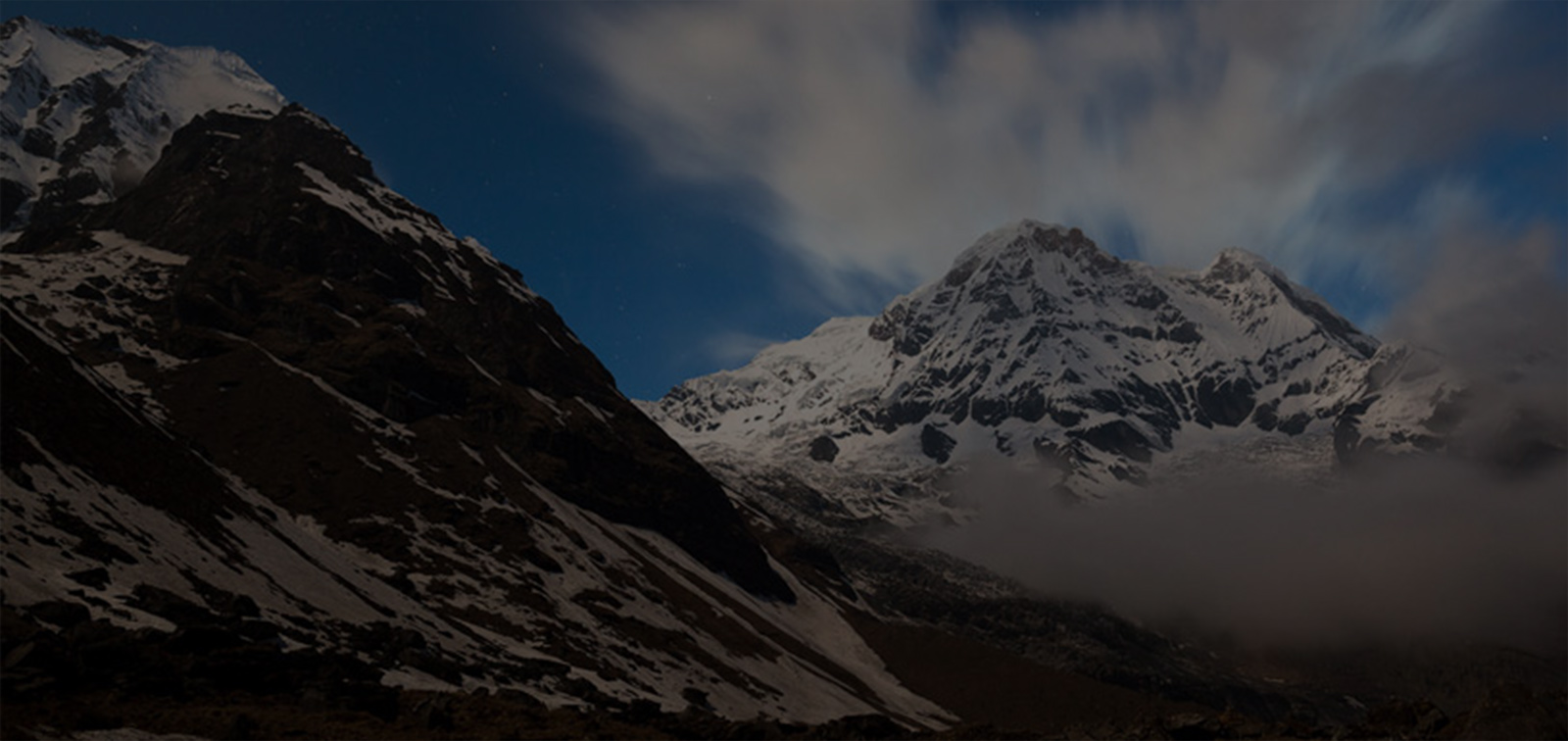Nepal's rich and storied history is marked by a steadfast commitment to sovereignty and independence, a testament to the resilience and spirit of its people. Since ancient times, Nepal's terrain has been dotted with numerous autonomous states, each with its own unique culture and identity. However, it was under the visionary leadership of King Prithivi Narayan Shah that modern Nepal emerged, as he unified these disparate states into a single, cohesive nation in 1769, with Kathmandu as its capital.
The subsequent years saw the rise of the Rana lineage, with Prime Minister Jung Bahadur Rana consolidating power and establishing a hereditary prime ministership that endured until the mid-20th century. Yet, the seeds of change were sown, and in 1951, King Tribhuvan led a popular revolution that brought an end to the autocratic Rana rule, paving the way for a new era of democracy and governance in Nepal.
The establishment of a parliamentary government in 1959 marked a significant step towards democratization, albeit for a brief period, before the country embraced the Panchayat system for three decades. However, it was the people's movement of 1990 that truly heralded a new dawn for Nepal, as the nation embraced democracy once more, enshrining the sovereignty of its people in a new constitution and establishing a constitutional monarchy.
Yet, Nepal's journey towards stability and progress has not been without its challenges. The violent insurgency initiated by the Communist Party of Nepal (Maoist) in 1996 plunged the nation into turmoil, claiming thousands of lives and testing the resilience of its institutions. The tragic royal massacre of 2001 further shook the foundations of Nepalese society, leading to a period of uncertainty and upheaval.
In the face of adversity, however, Nepal's indomitable spirit prevailed. The suspension of parliament and enforcement of martial law by King Gyanendra in 2005 sparked widespread opposition, culminating in the Loktantra Andolan—a mass movement for democracy led by the Seven Party Alliance and supported by the Nepal Communist Party. Through relentless demonstrations and rallies, the people of Nepal reclaimed their rights and ushered in a new era of governance.
The abolition of the monarchy and the establishment of a federal republic in 2008 marked a historic milestone in Nepal's journey towards democracy and progress. Dr. Ram Baran Yadav's inauguration as the first president of the Federal Republic of Nepal symbolized the culmination of years of struggle and sacrifice.
Today, as Nepal embarks on the path of peacebuilding, constitutional reform, and social integration, it stands as a beacon of hope and resilience in a rapidly changing world. The ongoing efforts to draft a new constitution and reintegrate former combatants underscore Nepal's unwavering commitment to building a society that is inclusive, just, and prosperous for all its citizens. In the annals of history, Nepal's journey from ancient kingdoms to a modern republic serves as a testament to the enduring spirit of its people and their relentless pursuit of freedom and self-determination.





















